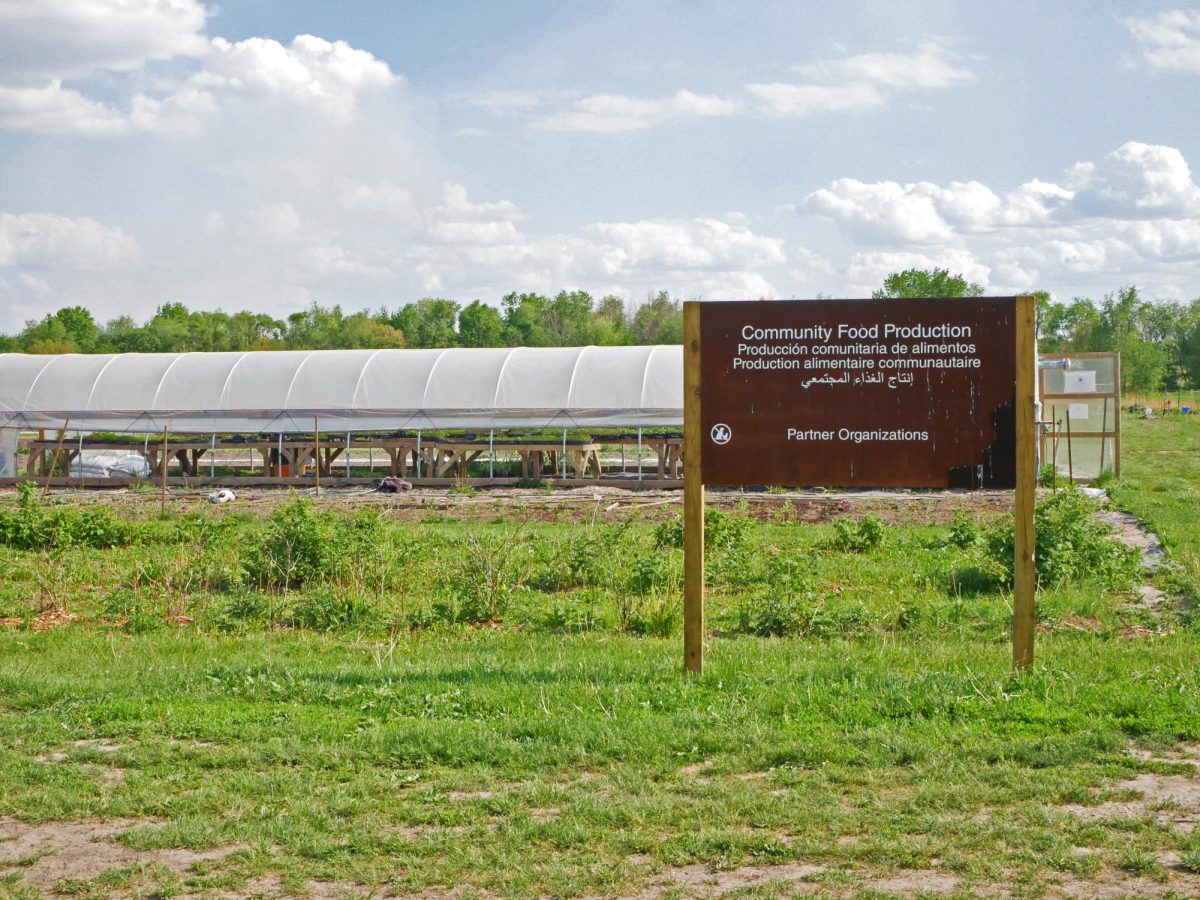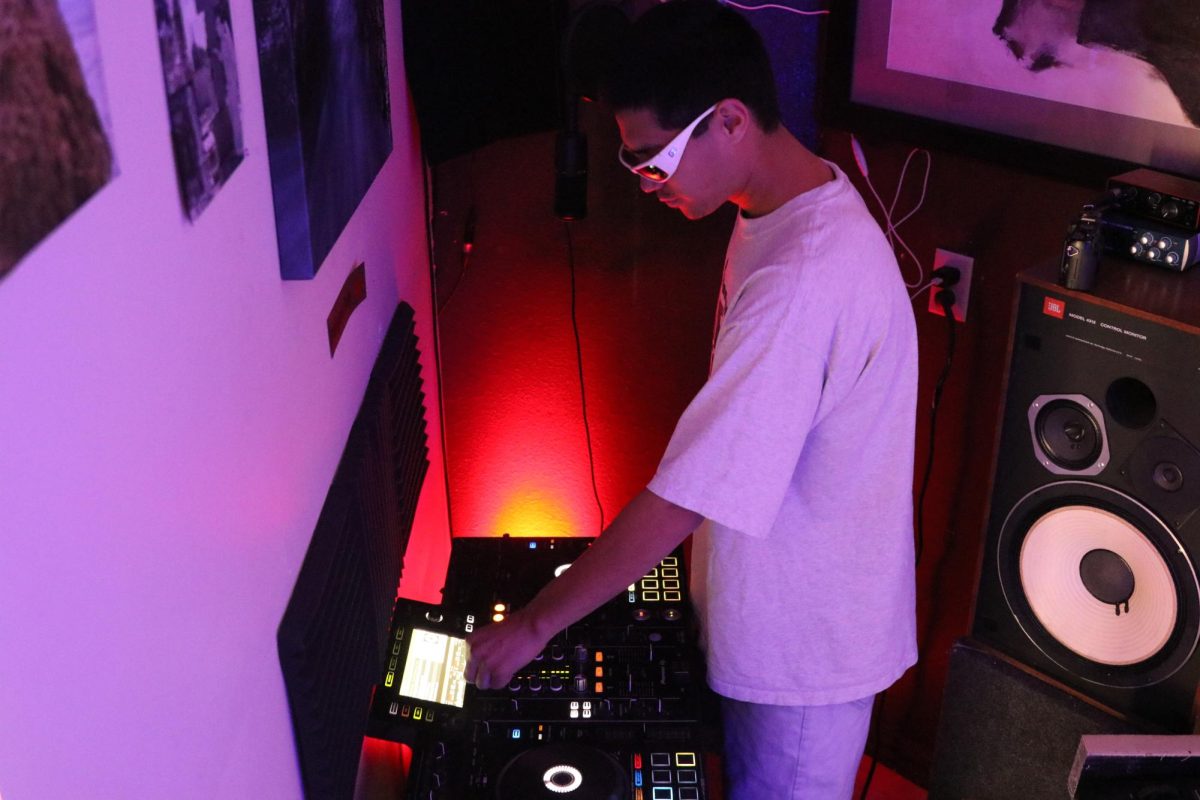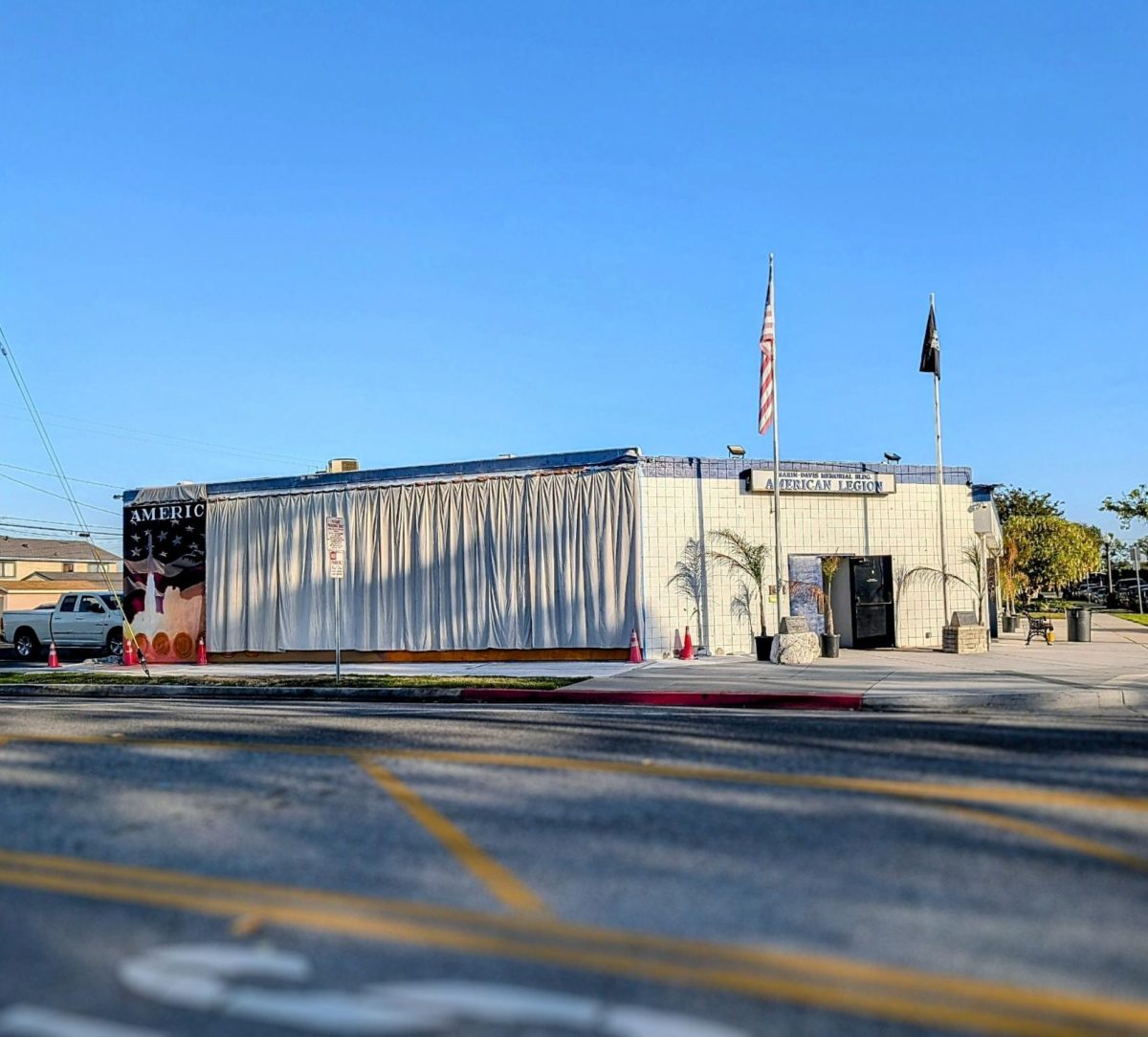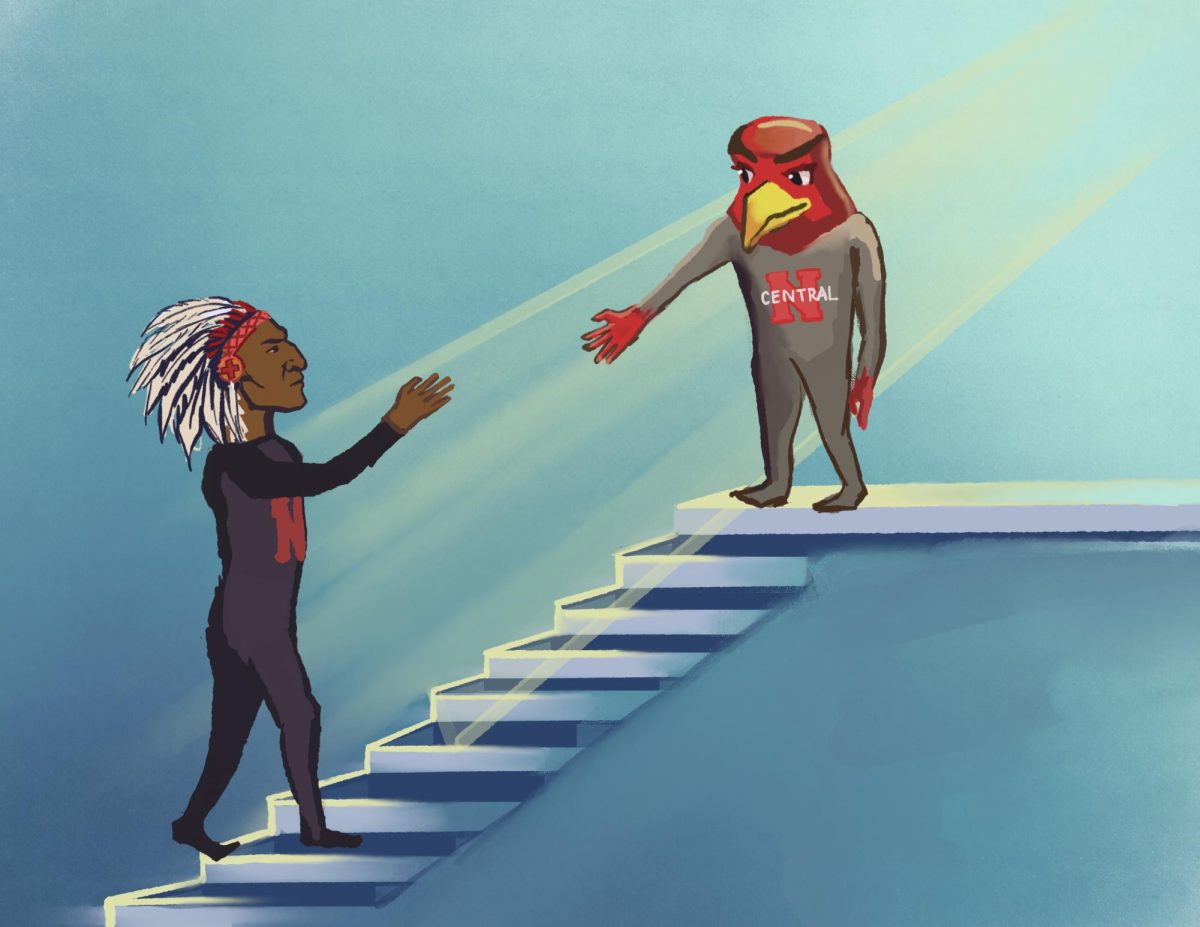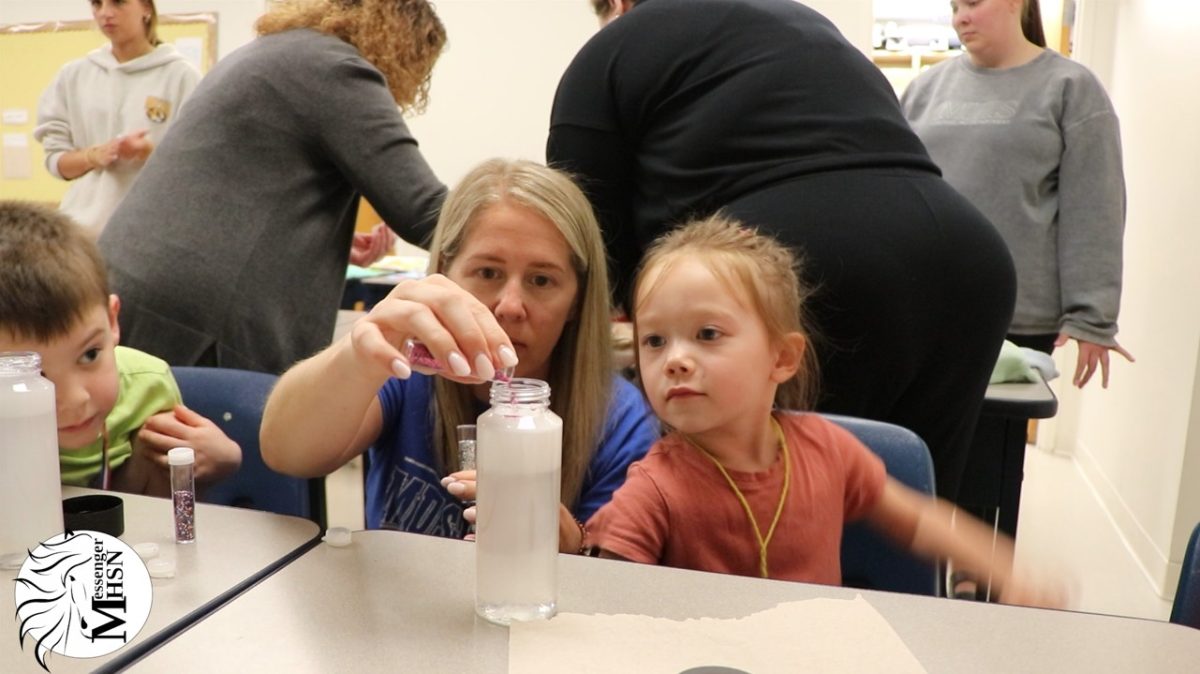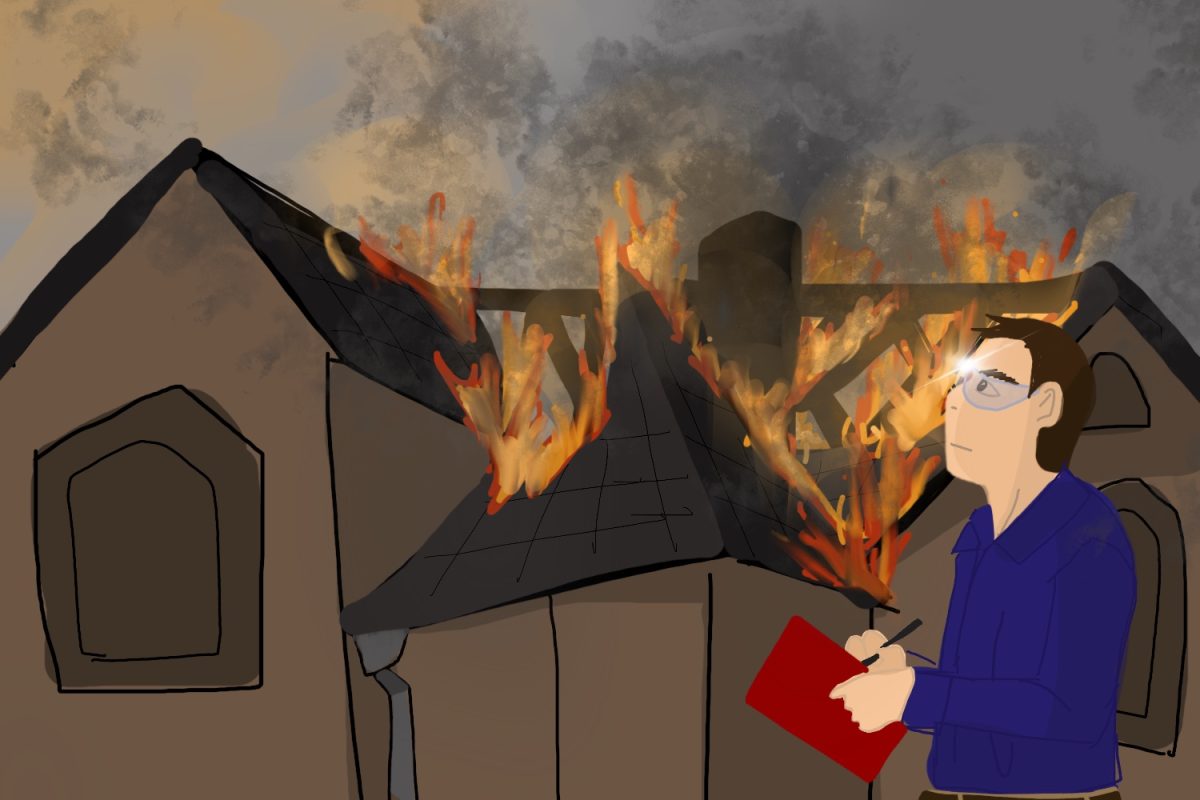With climate change accelerating the rate of wildfires and other natural disasters in California, getting access to home insurance for residents is becoming increasingly difficult.
Standard home insurance, provided by insurance groups such as the American Automobile Association (AAA) and State Farm, covers most damages to personal property and physical dwelling structures.
However, such groups do not cover everyone — homeowners must meet their underwriting criteria to be eligible. In cases where criteria aren’t met, people turn to the more costly Fair Access to Insurance Requirement (FAIR) plan that is offered in each state for all individuals.
Due to its higher cost and more limited coverage, according to the California Department of Insurance (CDI), as of 2020, only 3% of residents choose this plan.
“Insurance is different from many other commodities. We are a risk pool. We don’t want everybody on a street to have the same insurance company because if there’s an issue on that street, you can affect the solvency of an insurance company. You want to have a diversified risk and a mix of properties,” said Danielle Cagan, vice president of consumer, sustainability, and reputation at AAA.
According to Cagan, homeowners insurance is critical because it is a key to financial resilience.
“One of the largest purchases most people make in their lifetime is a home. Making sure that they are protecting that investment is really important. You can’t buy a house or get a mortgage without insurance. It’s also harder to sell your home if you can’t get insurance,” Cagan said.
The inability to get insurance impacts more than the individual.
“It affects the real estate market, the construction market, and the banking industry. It’s important to the overall economy and how we operate as a country,” Cagan said.
Despite the significance of insurance, companies are finding it more difficult to continue to provide coverage in California.
“The California insurance market right now is really, really challenged. The backstop for that is the California FAIR plan. There’s a limit to the amount that they insure, but they offer coverage for burns for everyone, and they’ve been growing tremendously,” Cagan said.
According to Cagan, a number of factors are leading to the crisis, in addition to climate change.
“First is the regulatory environment. California has historically paid lower insurance rates than other states. That’s partly due to a ballot initiative in 1988 called Proposition 103, which governs regulatory markets. Every insurance company needs to file for rate increases or decreases, and you go through a very robust process that causes a long delay in addressing needed rates,” Cagan said.
A second key factor of the crisis is inflation.
“When we go to the grocery store, or even out to eat, we’re experiencing increased prices in the last couple of years. The same is true for insurance, except insurance costs have outpaced average insurance. Since COVID, construction dropped 35.4%, and construction labor costs have gone up about 30%, which means it costs more to repair and replace homes,” Cagan said.
When people think about climate change, they are quick to point at wildfire risk. But in reality, according to Cagan, climate change impacts various other environmental factors that decrease the availability of home insurance.
“This year and last year, we had record atmospheric rivers. Storm after storm combined with wind meant trees fell and fences were coming down. When there’s a lot of precipitation, higher elevations get snow. We have roof cave-ins and leaks. Outside California, we have hail storms, convective storms, and hurricanes. We are working to do our part to address it, ensuring that we understand and prepare for the impacts of climate change on our customers and our business,” Cagan said.
The consequences of climate change also affect reinsurance.
“Explained simply, reinsurance is insurance for insurance companies. When people get their home or auto insurance policy, they likely have a deductible that they choose. Beyond that deductible is what the insurance will pay for. Insurance companies have something similar. We might retain a certain amount, and beyond that is what the reinsurance companies would pay. Most insurance companies have reinsurance,” Cagan said.
But reinsurance companies work on a global basis, meaning events that take place around the world affect their costs.
“That can impact insurance right here in our backyard because the reinsurance cost is increasing. That’s a cost we currently cannot factor into our rate increases,” Cagan said.
Lastly, miscellaneous factors such as inadequate forest management, infrastructure contributing to ignition sources for wildfires, and increased building of homes near wildlands also change insurance rates.
“The CDI has announced a number of reforms, including looking at forward-looking models to price insurance. In the past, under Prop 103, we had to look back 20 years; the average there is what we needed to use. But now, the last 20 years are not reflective of the next because of climate change. So for the next 20 years, we need to factor reinsurance and increased transparency into the ratemaking process,” Cagan said.
According to Cagan, AAA has multiple initiatives to address the rate-increasing factors in insurance rates. For instance, AAA invests money into a Forest Resilience Bond (FRB) to reduce wildfire risk.
“There’s a lot of debris from forests. They’re these big slash piles of woody biomass. When piles are decaying in the forest, they can burn and add fuel to the fire. But they’re also decaying, which adds carbon into the atmosphere. Both scenarios aren’t ideal, so we’re supporting the California Wildfire Innovation Fund through Blue Forest,” Cagan said.
Several years ago, AAA started addressing their emissions, including employee business travel, work-from-home electricity, and paper emissions.
“Our goal was to reduce emissions in those areas by 50% by 2025. I’m thrilled that we met the goal two years early this year. We’re focused on the supply chain and other aspects of our work to ensure that we are responsible in how we treat the planet and doing our part to help reduce climate risks,” Cagan said.
When faced with barriers to accessing home insurance, Cagan emphasizes mitigation and holistic encouragement of community action, as disasters such as wildfires are cross-jurisdictional.
“How do we work to ensure we are as fire-resistant as possible? Homeowners can have a clear space around their house without flammable items like mulch. They can also clear their gutters, cents, and reach out to various insurance companies to be informed on what they can do sooner rather than later,” Cagan said.
Jamie Ferrer is an insurance broker at Ferrer Insurance Services, Inc., in San Francisco. He specializes in working with residential care facilities for the elderly and the developmentally disabled. Because most of the facilities that he works with are within single-family residences, his work is still impacted by many of the same factors that affect home insurance markets.
“We have seen the markets for home insurance harden in the last few years, meaning that pricing has increased — sometimes doubling — while coverage has become more restrictive,” Ferrer said.
Additionally, according to Ferrer, many insurance companies have stopped offering coverage in California. For instance, State Farm and Allstate are not writing new home insurance policies in California, and Farmers is limiting the number of applications it will accept.
“As a result, it is harder for buyers to obtain home insurance because the remaining carriers shouldering the risk will often increase pricing, offer more restrictive coverage, and have stricter underwriting requirements. Buyers that have the most difficulty are those that are located in areas more prone to natural disasters or those that have had frequent or very large claims,” Ferrer said.
Ferrer has seen the markets harden since the 2017 Atlas Fire and the 2020 Glass Fire. At the time, the markets were cautious, but both large and small insurance companies were willing to write coverage in all areas for the right price.
“Now, with a much smaller number of carriers offering coverage, some buyers are not eligible for home insurance in the standard markets. This includes buyers in disaster-prone areas as well as those with frequent or very large claims,” Ferrer said.
Without access to insurance previously provided by carriers, buyers are increasingly forced to turn to non-admitted carriers or the California FAIR Plan. While open to all, it only protects homes from fires, raising concerns for California residents like John Woo.
“When applying for home insurance, my insurance company would not cover the fire or wildfire part. It seems like they outsource that to a state program,” Woo said.
Over the years, Woo has noticed changes in insurance eligibility, including a more limiting wildfire rating. While Woo’s cost for home insurance has remained steady, the increasing number and unpredictability of natural disasters continue to limit homeowner eligibility, according to Ferrer.
“Many buyers have opted to stay with their current carrier if they are still eligible because they do not want to lose coverage. Buyers are seeing prices, and if they experience claims, they are concerned about even steeper price increases or a non-renewed policy,” Ferrer said.
According to Alan Wong, an insurance agent from Stanley Wong Insurance Agency in San Diego, a few factors determine home insurance eligibility.
One is the age of the building, as older homes are harder to insure because building materials are different. Other factors include the characteristics of the neighborhood location and the possible future of the buildings.
“The last one is your claim history — if you’ve had multiple water leaks or kitchen fires. And then comes the natural disaster part. In California specifically, the largest natural disaster that carriers fear is fire. Each company will have its own map or fire score, which is the area they think is more likely to have fires,” Wong said.
In order to model their fire scores, carriers look at one-in-100-year events.
“It’s almost a 1% chance that you’ll have a massive loss from a natural disaster. However, the number of one-in-100-year events has been so prevalent that they have to update the model. That’s why you’ve seen eligibility tighten up and carriers even wanting to leave the state,” Wong said.
According to Wong, insurance carriers have to file their rates with the State Department of Insurance, where the insurance commissioner has to approve that rate.
“In California, the commissioner has historically, under the guise of protecting the consumer, not allowed rate increases to flow through as frequently as carriers have requested. This caused large carriers to leave the state. Until we get political reform to change how carriers can get rates, the lack of eligibility and product will continue to be a huge problem,” Wong said.
When searching for home insurance, homeowners must look for a viable carrier, product, and the right coverage, which is the most challenging part.
“Your standard carrier might not offer policy. They may have to go to the excess and surplus lines market, which California doesn’t regulate. Last year, we saw, on average, costs increasing 30 to 50%. Sadly, the average American doesn’t have a whole lot in their bank account. You’re paying $2,000 for insurance in the past, now it’s up to $3000. Where are they going to find that extra $1000?” Wong said.
Again, the other option is what Wong calls the “market of last resort,” or the FAIR Plan. But regardless of what ends up being the optimal plan, Wong’s role is to help residents.
“As an agent, you are a trusted adviser to the customer, and we help them navigate this difficult market. This industry has a lot, and insurance tends to be a once-a-year type. Our extra piece comes into play where we can be honest with the consumer and let them know their options for home insurance,” Wong said.
Home insurance isn’t a topic taught in schools. Nevertheless, in the face of catastrophic situations, knowing that all hope is not lost is reassuring.
“It is nice to have the peace of mind that my home will be covered in case of a major loss. There will always be maintenance costs and other repairs that insurance is not for, but it is good to have that protection in place and, hopefully, never need it,” Ferrer said.
This story was originally published on Scot Scoop News on April 15, 2024.







